Top Things to Know Before Buying an Indoor Plant Holder
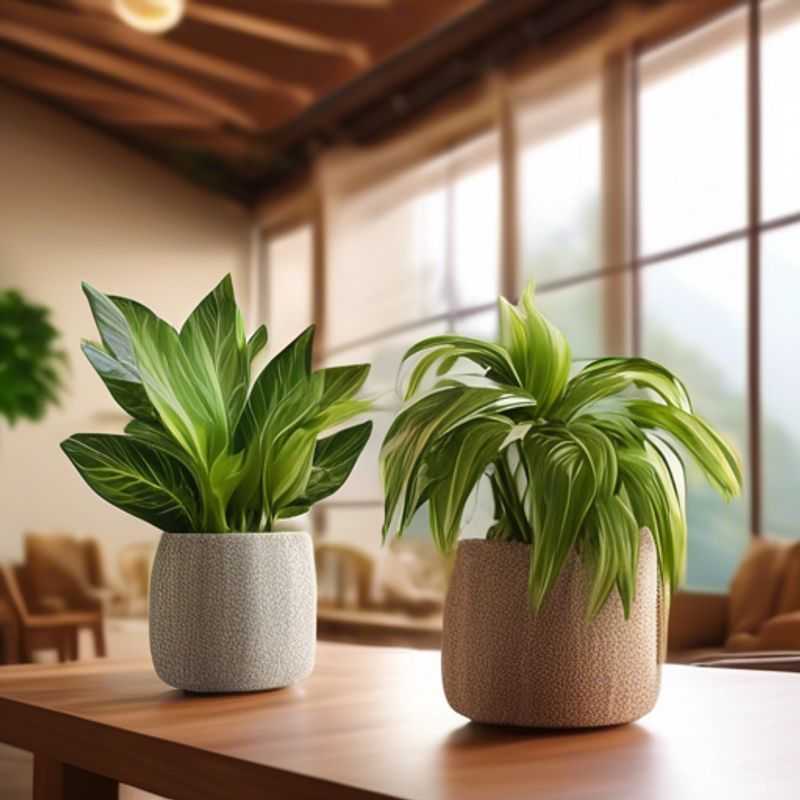
Top Things to Know Before Buying an Indoor Plant Holder: A Guide to Choosing the Perfect Home for Your Greenery
Bringing greenery indoors is a fantastic way to brighten up your space and boost your mood. However, choosing the right plant holder is crucial for the well-being of your plant and the aesthetics of your home. Before you head out to buy that stunning plant holder, consider these key factors to ensure a happy plant and a stylish home:
1. Measure Your Space: First things first, measure the area where you plan to place the plant holder. This will help you choose a holder that fits the space perfectly without overcrowding or feeling out of place.
2. Weight Capacity: Different plants can get pretty heavy, especially as they grow. Consider the weight of your chosen plant and make sure the plant holder can support it. You wouldn't want your plant to topple over!
3. Material Matters: Durability is key. Look for holders made from sturdy materials like metal or ceramic. These materials are less prone to breakage and can withstand the weight of your plant.
4. Drainage is Essential: Overwatering is a common issue for indoor plants. Choose a plant holder with good drainage to prevent waterlogging and ensure healthy root growth for your leafy friend.
5. Style and Decor:
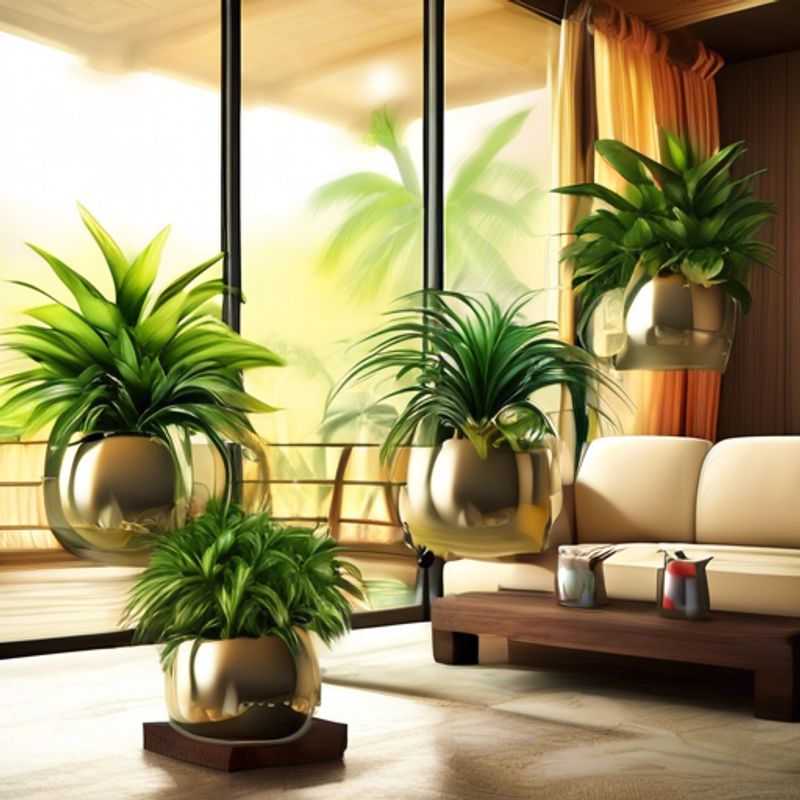
Measure Twice, Plant Once: Sizing Up Your Plant Holder's Space
Measuring the available space for your plant holder is a crucial step in ensuring a successful setup. It's important to choose a location that not only accommodates the size of the plant holder but also considers the plant's growth potential and the surrounding environment.
Start by identifying the area where you'd like to place the plant holder. This could be a corner of a room, a shelf, a windowsill, or any other suitable location. Once you've chosen the spot, measure the available space using a ruler or measuring tape.
Consider these factors when measuring:
Width and Depth: Measure the width and depth of the available space. This will help you determine the maximum size of the plant holder that can fit comfortably.
Height: Measure the height of the available space. This will ensure that the plant holder will fit comfortably without obstructing anything or creating a safety hazard.
Light: Consider the amount of light that the chosen location receives. Different plants have different light requirements, so it's important to choose a spot that will provide adequate sunlight for your chosen plant.
Accessibility: Consider the ease of access to the location. Will you need to move the plant holder frequently or access it for watering and maintenance? Choose a spot that allows for comfortable access.
By carefully measuring the available space, you can select the perfect plant holder for your plant and ensure a thriving and visually appealing addition to your home or workspace.
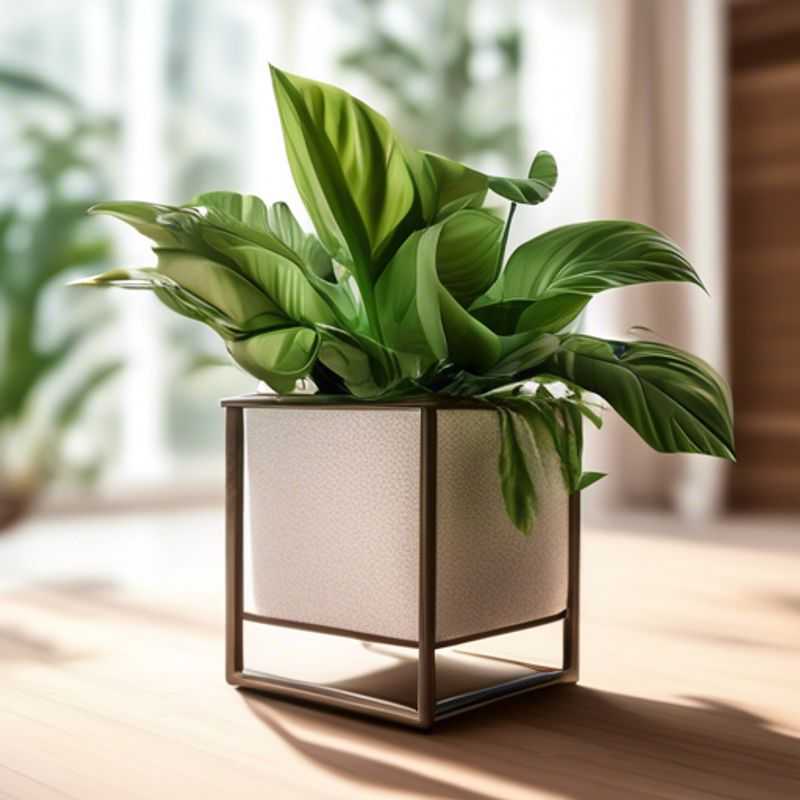
Choosing the Right Plant Holder: Weight Capacity Matters
When choosing a plant holder, it's crucial to consider the weight capacity to ensure it can safely support the plant. This is especially important for heavier plants like large succulents or tropical plants.
The weight capacity of a holder is usually listed in the product description or specifications. If you're unsure, it's always best to err on the side of caution and choose a holder with a higher weight capacity.
A holder that is too small or flimsy could collapse under the weight of the plant, causing damage to the plant and potentially injuring someone.
Be sure to account for the weight of the pot and soil in addition to the plant itself. You can also consider using a heavier planter, such as a ceramic pot, to distribute the weight more evenly.
For larger plants, you might want to choose a holder with a wide base or multiple support points to provide extra stability.
By carefully considering the weight capacity of the plant holder, you can ensure that your plant is safe and secure for years to come.
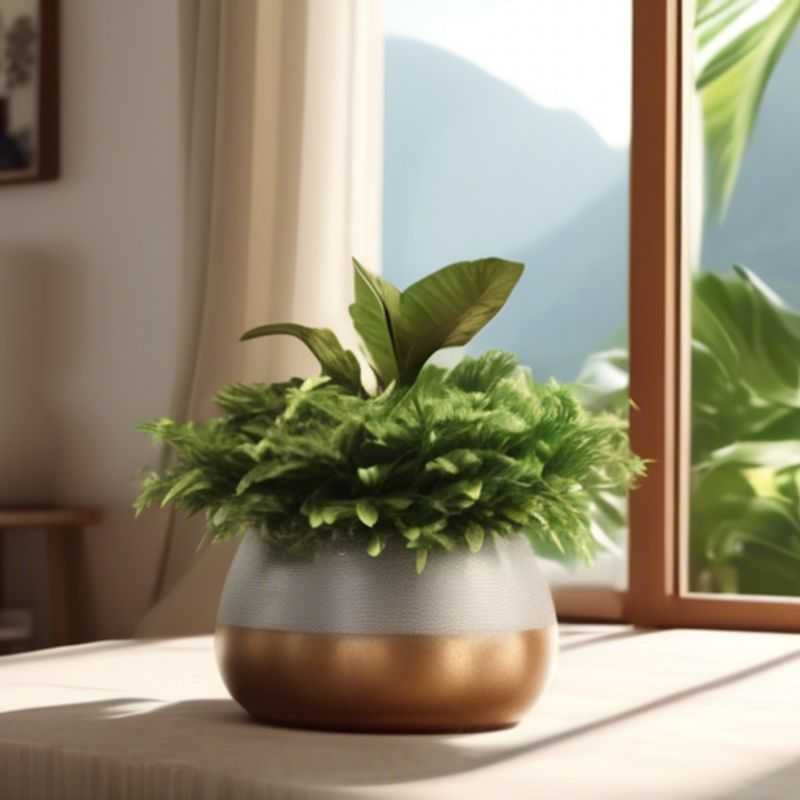
Durable and Dependable: Choosing Look Holders Made from Metal or Ceramic
When choosing a holder, prioritize durability. Metal and ceramic are excellent choices for lasting performance. Metal offers strength and resistance to wear, while ceramic provides elegant aesthetics and resilience. Consider the specific needs of your workflow and choose a holder that aligns with your requirements.
Metal holders, especially those made from stainless steel, are known for their resistance to corrosion and high temperatures. Ceramic holders, while less common, offer unique advantages like heat resistance and a more refined appearance.
Investing in a durable holder translates to long-term savings. You'll avoid frequent replacements and enjoy the peace of mind that comes with a reliable product.
Remember, the optimal holder for your workflow depends on your specific needs and preferences. Research different materials, weigh their pros and cons, and choose the one that best fits your workflow and budget.
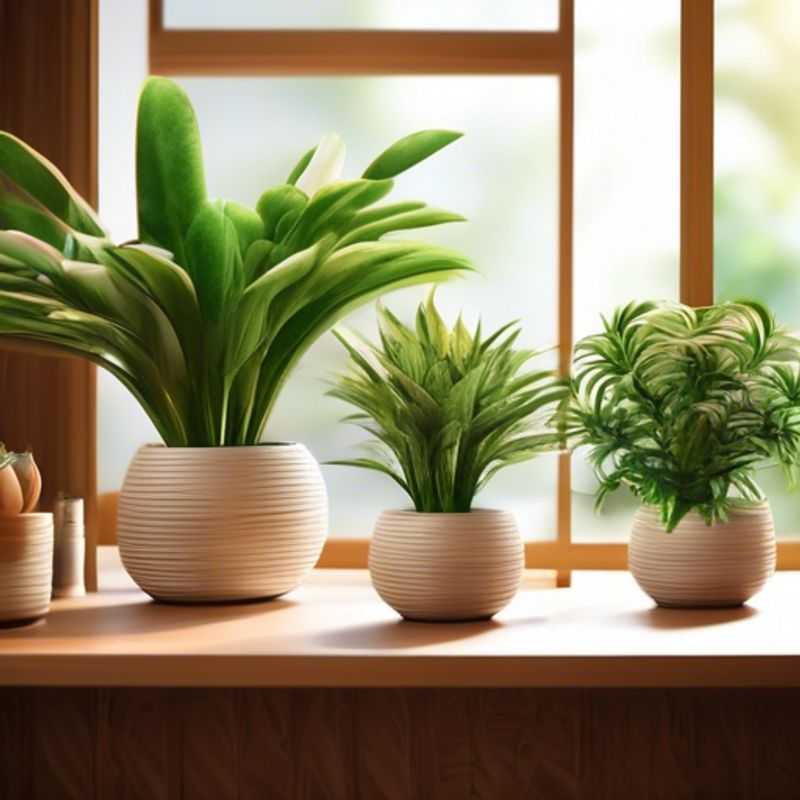
Prevent Waterlogging: Ensuring Proper Drainage for Your Holders
Proper drainage is critical for preventing waterlogging, which can lead to damage, mold growth, and structural issues. Here's a quick guide to ensure your holder has adequate drainage:
1. Assess the holder's material and location: Different materials have varying drainage properties. Metal, plastic, and some types of wood drain well, while others like solid wood or concrete require additional measures. The holder's location also plays a role. Is it in a shaded area, near a water source, or exposed to heavy rainfall? Understanding these factors helps determine the drainage strategy.
2. Inspect existing drainage: If the holder already has drainage holes, check their size, location, and if they are blocked. Blocked drainage can cause water to accumulate.
3. Implement drainage solutions: Depending on the holder's material and location, consider options like:
- Adding drainage holes: If the holder lacks holes, drill them at the bottom. Ensure they are adequately spaced and large enough to allow water to flow freely.
- Using drainage mats: Drainage mats, often made of plastic or rubber, can be placed at the bottom of the holder to improve water flow and prevent clogging.
- Inclining the holder: Slightly tilting the holder can facilitate water runoff and prevent stagnation.
- Using a drainage tray: A tray placed underneath the holder can collect excess water and prevent it from spreading.
4. Regular maintenance: Regularly check drainage holes for blockage and clean them as needed. Remove debris and ensure water can flow freely.
5. Professional help: For complex or challenging drainage situations, consult a professional contractor. They can assess the situation, recommend the appropriate solutions, and ensure proper installation.
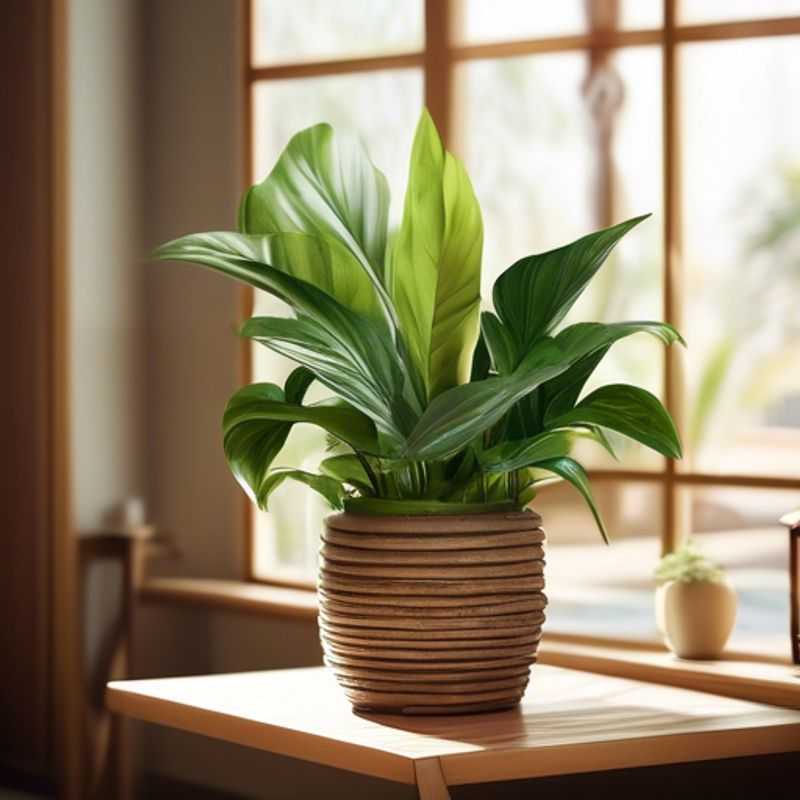
Choosing a Style That Complements Your Room's Decor
Choosing the right style for your room is crucial for creating a cohesive and aesthetically pleasing environment. It's all about finding the perfect balance between your personal taste and the overall ambiance you want to achieve.
Start by considering the existing decor: What is the overall theme of your room? Modern, minimalist, traditional, eclectic? Once you have a clear understanding of your current decor, you can start exploring styles that complement it.
Think about the mood you want to create: Are you aiming for a relaxing and inviting space, a vibrant and energetic atmosphere, or something in between? Different styles evoke different emotions, so choose one that aligns with your desired mood.
Don't be afraid to experiment: Mix and match elements from different styles to create a unique and personalized look. For example, you could incorporate a few modern pieces into a traditional setting or add some vintage elements to a contemporary room.
Consider the practical aspects: Choose furniture and materials that are durable and easy to maintain. Also, think about the size and layout of the room when making your selections.
Remember that style is subjective: Ultimately, the best style is one that you love and makes you feel happy and comfortable in your space. Don't be afraid to express your own personality and let your creativity shine!
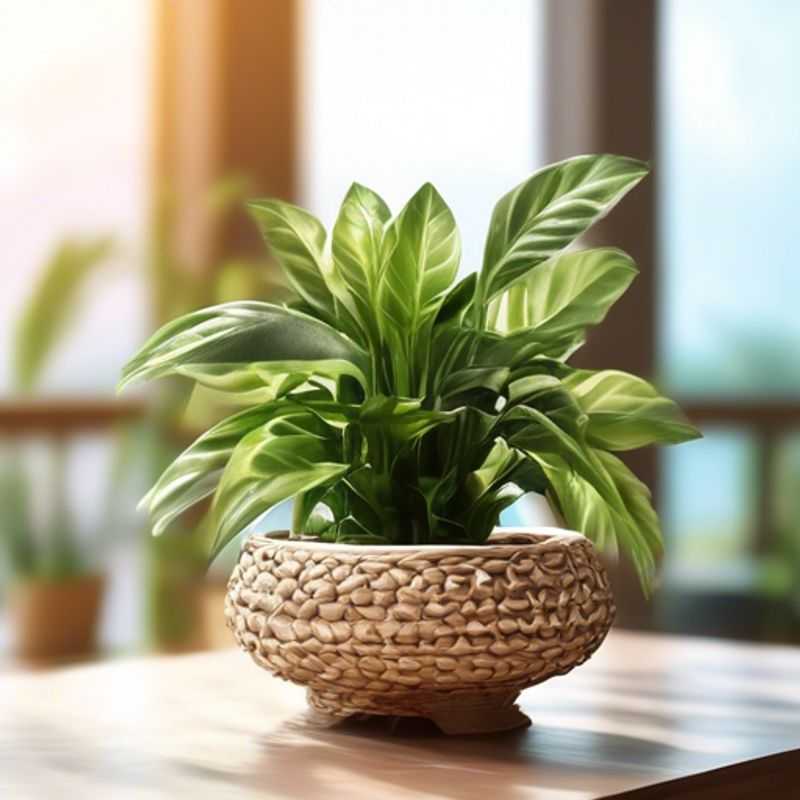
Unlocking Versatility: Checking for Adjustable or Customizable Features in Your Holder
When evaluating a holder, consider adjustable or customizable features to optimize its performance and user experience.
Adjustable features, like height or angle adjustments, allow you to tailor the holder to your specific needs and preferences. This is especially important for tasks that require precise positioning. Consider the ergonomic benefits of adjustable features, especially for extended use.
Customizable features, such as the ability to add accessories or modify the holder's design, enhance its versatility and adaptability. These features can expand the holder's functionality and make it suitable for various applications.
When determining the value of adjustable or customizable features, consider factors such as the frequency of use, the nature of the task, and the user's preferences. Features that enhance comfort and efficiency will likely be more valuable in the long run.
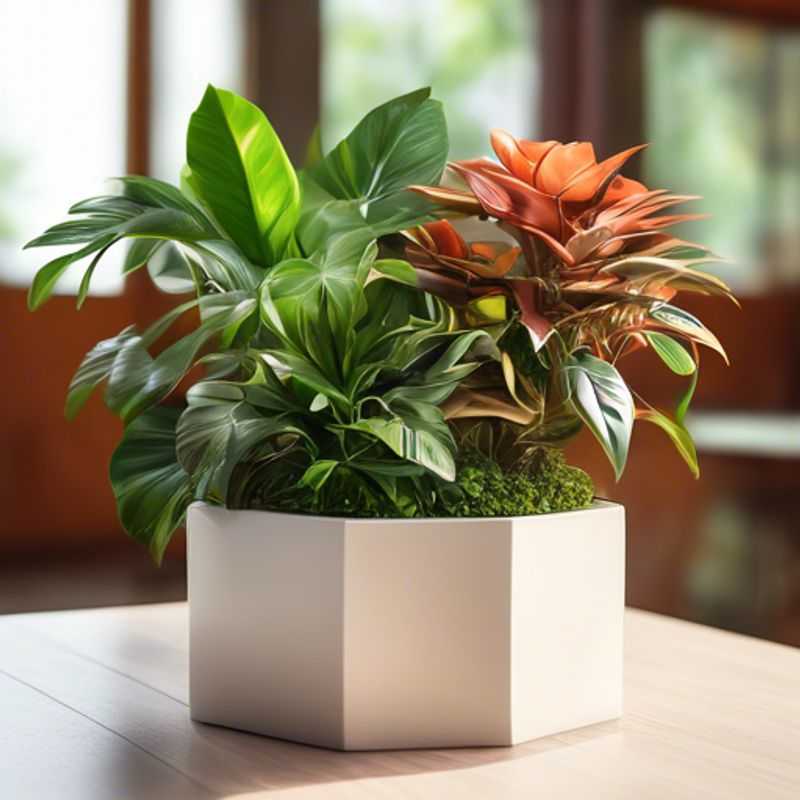
Don't Just Buy It, Review It: Ensuring Quality & Stability in Plant Holders
Before investing in a plant holder, take the time to read reviews from other users. Reviews provide valuable insights into the product's quality, stability, and overall performance. This step is crucial, especially if you're looking for a holder that will safely support your plants. Look for reviews that mention the holder's construction materials, weight capacity, and ease of assembly. Positive reviews with detailed descriptions are especially helpful. Pay attention to any negative reviews, as they may highlight potential flaws or issues that could impact the holder's longevity and safety. Reading reviews is a cost-effective way to avoid purchasing a plant holder that might not meet your needs, ultimately saving you money and time.
